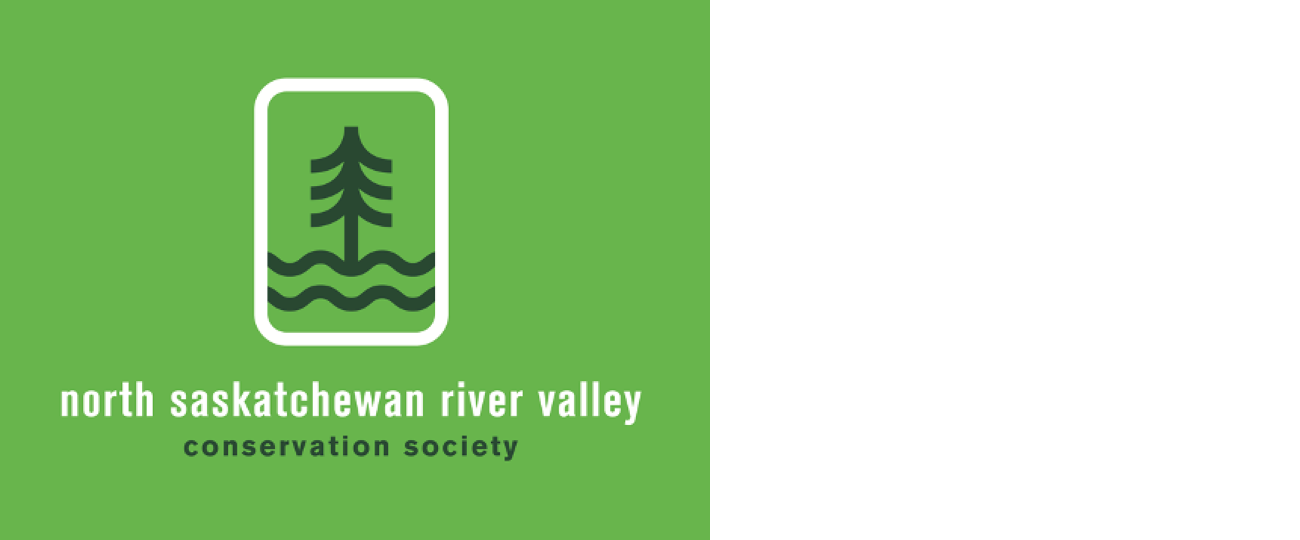Photo by Joe Chowaniec
Fragile tufa springs a river valley treasure
Patsy Cotterill writes that the east slopes of Whitemud Creek near Fox Drive are the site of an interesting geological phenomenon known as tufa springs. Here, water rich in calcium and iron flows year-round from steep embankments into the creek below. The slopes are covered with outcrops of a greyish rock called tufa, formed over long periods of time by precipitation of calcium carbonate and other minerals from the spring water at ambient temperatures.
The springs create conditions similar to peatlands in the boreal forest, such that wet pockets in the white spruce forest are home to orchids, including lady’s slippers, round-leaved and northern green orchids, and a number of sedges, grasses, and mosses.
The lower slopes see heavy recreational use and have become degraded by a complex network of man-made trails with loss of plant ground cover. The city needs to provide protected status for this area and rehabilitate the main trail, which is eroded by the water flows. Signage to educate the public on its sensitivity and interesting geology would help create respect for this beautiful and unique area of the river valley. Watch video at https://www.youtube.com/watch?v=cX_F7-6l5so
How does YEG City Council decide to name things
Following the end of the Second World War, in the face of rapid growth, Edmonton hired its first City Planner. Noel Dant, a planner from England, brought with him new ideas which had a massive impact. He embraced a modified grid, characterized by cul-de-sacs, curvilinear and even diagonal streets.
Because these streets did not align with the traditional grid pattern, many more named streets were required to avoid confusion. Until then, Council had addressed and debated names as they came up. The necessity for names led Council to pass Bylaw 1754 in February 1956, creating the District Names Advisory Committee.
The Committee’s role was to advise Council on suitable names for subdivisions, parks, neighbourhoods, and other public places. One of its recent high-profile tasks was working with Indigenous communities to determine 12 ward names based on Indigenous place names.
Now known as the Naming Committee, it has consulted with developers, researchers, and the public for more than 65 years to advise Council on naming Edmonton, making a momentous contribution to our sense of place in this city. Learn more at
https://www.edmonton.ca/city_government/edmonton_archives/names-advisory-committee
City Nature Challenge runs April 29-May 2
The City Nature Challenge (CNC) is a friendly annual international challenge to see which city can record and upload the most observations of wildlife species using the free iNaturalist platform. From the tiniest bug to the tallest tree, from belugas to birds to beavers, participants are encouraged to take pictures of all the flora and fauna they can find.
By doing so, they contribute to an international database used to track biodiversity around the world. This event is designed to document urban biodiversity through photographs and celebrate the diversity of nature around the world. Now in its seventh year, this global event will have more than 300 cities participating.
The easiest way to participate is to take photos with your smartphone and share them to iNaturalist.ca. They will be automatically included in the local CNC project with no further input required from the participant, as long as the location is indicated correctly. More information at https://citynaturechallenge.org
Naturalization at stormwater ponds a good use of resources
In 2021, the United Nations declared the next 10 years the Decade on Restoration and a further 150 hectares of land at Edmonton stormwater management facilities began the 3-stage process of naturalization. The city had already recaptured 1,035 hectares of previously mowed open space land through naturalization.
Returning to a more natural habitat is good for pollinators like bees and butterflies, for birds and for small animals. Naturalization stabilizes the soil thanks to plants with deeper roots. It also helps with reducing runoff during large rain events, as well as filtering water and improving water quality.
Naturalized areas can also function as connector habitat for the movement of larger animals like deer. As planted trees mature, the value of the urban forest increases. Naturalization helps preserve money, that other valuable resource, by decreasing mowing costs.
Some residents initially find that it looks messy or unkempt, but over time they do find that deeper appreciation for naturalized areas. More at https://transforming.edmonton.ca/naturalization-at-stormwater-ponds-in-edmonton-a-good-use-of-resources-and-birds-like-it/
Edmonton finally undertaking ecological thinking
Harry writes “The City’s commitment to banning aerial spraying of wetlands and cosmetic use of pesticides is great news. However, I am unclear as to whether the proposed 2023 cosmetic pesticide ban covers only city-managed lands or all lands, including private residential properties. In either case, we need a very aggressive City-run education and awareness program to encourage private homeowners to get their green lawns off their chemical addictions, along with healthy alternative suggestions.”
River valley pine a small community shrine for any occasion
Harold emailed “It should be noted that the perfectly shaped “pine” tree in the article is actually a spruce, and a Colorado Spruce which is not native to our river valley or this province.”
Comment or contribution
Please note that articles may not reflect the position of NSRVCS. River Valley News is meant to be a clearinghouse for the wide variety of opinions and ideas about Edmonton’s River Valley.
If you have a comment, concern, or question, contact us at nsrivervalley@gmail.com Please email us river valley photos or event information. Your friends, neighbours and colleagues can sign up for this newsletter on our web site https://www.edmontonrivervalley.org/
Sincerely yours,
Harvey Voogd
North Saskatchewan River Valley Conservation Society
780.691.1712


















